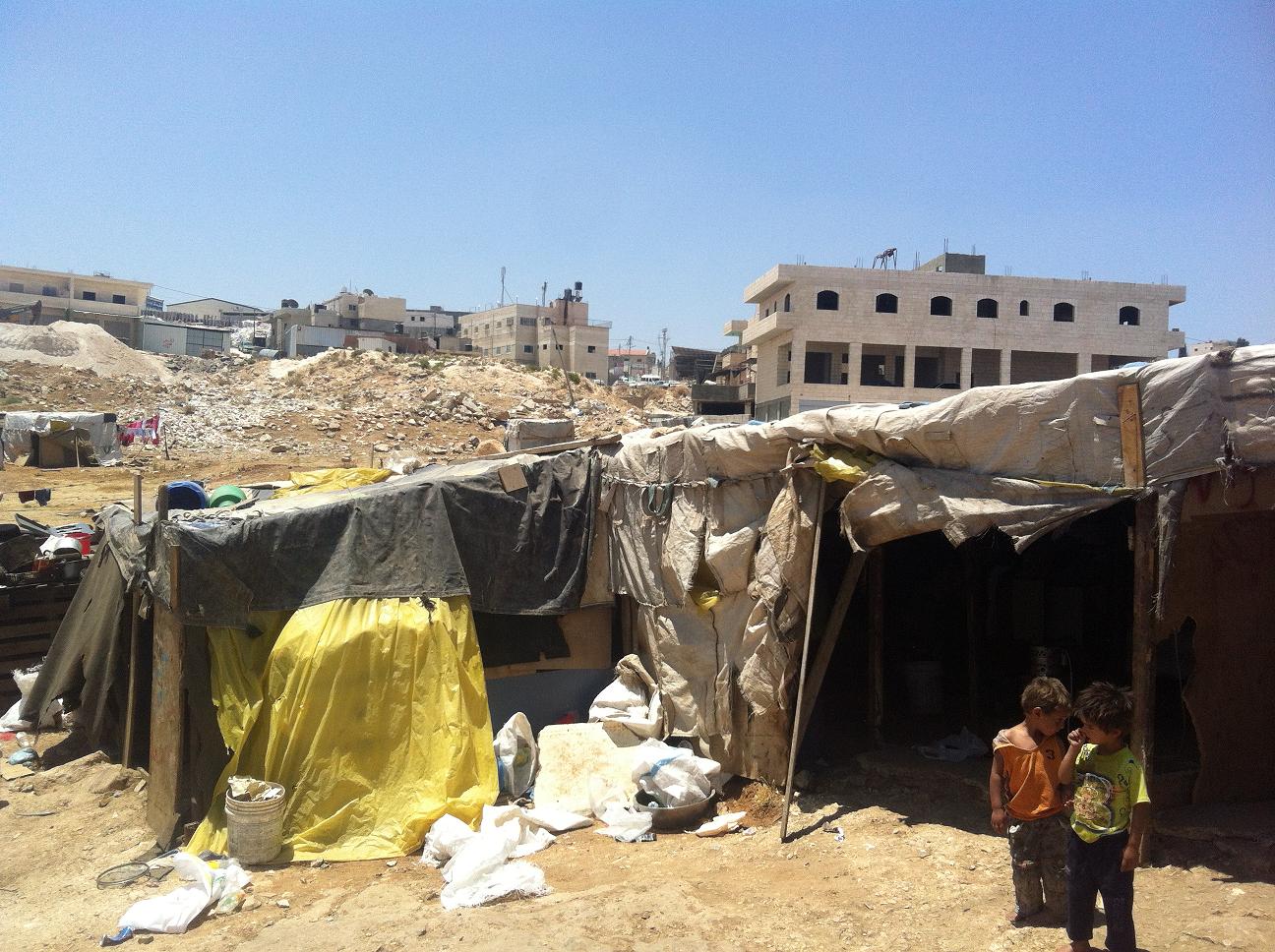Tag: Anata
-
Video – Anata Bedouin communities caught in crossfire
7th July 2013 | International Solidarity Movement, Nablus Team | Anata, Occupied Palestine On Friday the 5th of July on the outskirts of Anata, Jerusalem, there were violent clashes between Palestinian shebab (youth) and the Israeli army. At around 3pm Israeli army jeeps drove up towards the town of Anata and began taking photos of…
-
Bedouins outside Jerusalem face violence and threats of expulsion
1st July 2013 | International Solidarity Movement, Ramallah Team | ‘Anata, Jerusalem The Bedouin community of ‘Anata suffers daily from the consequences of living just underneath the Apartheid Wall of East Jerusalem; the community is considered unwanted by the Israelis, and is therefore a victim of attacks and harassment. In addition, their unique location between…
-
To exist is to resist! Rebuilding homes in Anata
27 January 2012 | Chroniques de Palestine How do you continue your life after your home had been demolished? How do you cope with the uncertainty of having a roof for your children and protect them from the cold and rain? On the 23rd January, 6 homes of the community of the Arab al Jahalin,…


